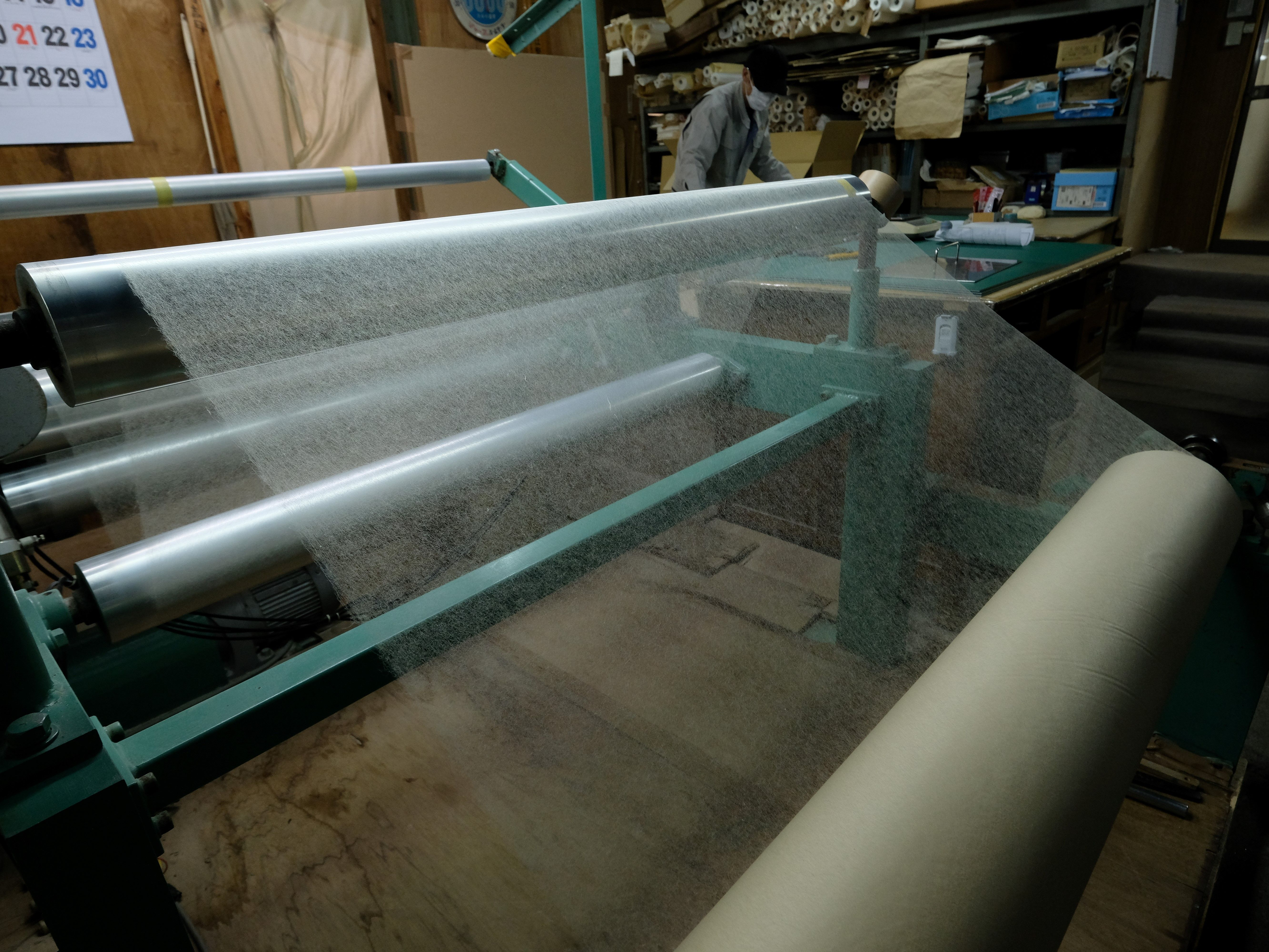- Tenjugo is the thinnest paper in the world, made by a company in Japan.
- The paper dries to become nearly transparent and is used for repairing historical documents.
- It’s been used to preserve art in the Louvre and the Vatican.
- Visit Business Insider’s homepage for more stories.
The thinnest paper in the world, tenjugo, comes from a single factory in Japan’s Kochi prefecture.
Tenjugo was produced by hand for over 1,000 years, until the 20th century. It has been used for ceremonial purposes, including writing and artwork, and later as paper for typewriters, Oliver Whang at The New York Times reported. Now, the paper is made using machines, and is thinner than ever.
Repairing and preserving artwork and historical documents is risky work, and doing so too aggressively risks damaging the original piece. As machines made tenjugo thinner, its clear use became conservation. Tenjugo is used all around the world for conservation, from the Louvre to the British Museum to the Vatican.
Here’s how it’s made.
The factory is located about 400 miles southwest of Tokyo.

Historically, the paper has been used for sliding doors, lampshades, and room dividers.

Tenjugo paper is made from kozo, the stems of mulberry plants.

Kozo is bundled to prepare for the process.

Source: Hidaka Washi
First, workers clean the kozo and remove any dirt or imperfections.

Then, the kozo are steamed.

Cooking the plant removes materials that connect the fibers, leaving only what will be used in the final product.

Then, steamed kozo plants go into a large water tank for another cleaning.

This part of the process also removes any scratches the plants might have left on each other.

Though the process is now industrialized, workers still remove some impurities by hand.

Hiroyoshi Chinzei is a fourth-generation tenjugo maker, and head of the company.

This stage takes place over several days, and requires five different workers at five different cleaning stations.

Next comes the time-consuming process of disentangling the kozo.

Then, fibers are combined in a solution using neri, liquid from the sunset hibiscus plant.

Neri thickens the solution.

Once the mixture is thick enough, it can go to the papermaking machine.

The papermaking machine rocks the material backing and forth, and the fibers become intertwined.

It's essentially the same process that was once done by hand.

The thin fibers are rolled into sheets of paper for delivery.

At this point, the final product is nearly transparent.

This thinnest paper is only 0.02 mm thick, the width of a single kozo fiber.

This makes it even thinner than human skin, an accomplishment no other factory has been able to replicate.

Source: The New York Times
Because of this delicate size, Yale paper conservator Soyeon Choi called tenjugo "the bread and butter in paper conservation."

Source: The New York Times
It can repair small damaged areas on historical documents, or be used to reinforce entire pages.

The material is used all over the world to restore documents, books, paintings and statues.

The Louvre, the British Museum, and the Vatican are among Hidaka Washi's customers.


